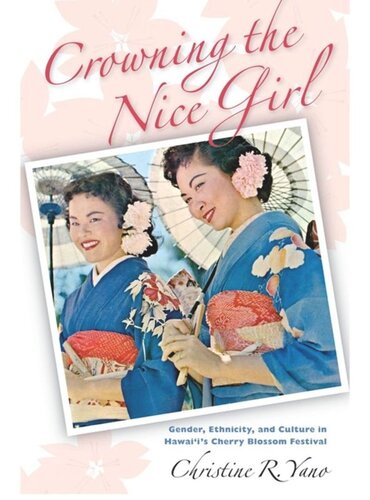

Most ebook files are in PDF format, so you can easily read them using various software such as Foxit Reader or directly on the Google Chrome browser.
Some ebook files are released by publishers in other formats such as .awz, .mobi, .epub, .fb2, etc. You may need to install specific software to read these formats on mobile/PC, such as Calibre.
Please read the tutorial at this link: https://ebookbell.com/faq
We offer FREE conversion to the popular formats you request; however, this may take some time. Therefore, right after payment, please email us, and we will try to provide the service as quickly as possible.
For some exceptional file formats or broken links (if any), please refrain from opening any disputes. Instead, email us first, and we will try to assist within a maximum of 6 hours.
EbookBell Team

0.0
0 reviewsAfter World War II, Japanese Americans in Hawai‘i sought to carve a positive niche of public citizenship in the community. In 1953 members of the Honolulu Japanese Junior Chamber of Commerce and their wives created a beauty contest, the Cherry Blossom Festival (CBF) Queen Pageant, which quickly became an annual spectacle for the growing urban population of Honolulu. Crowning the Nice Girl analyzes the pageant through its decades of development to the present within multiple frameworks of gender, class, and race/ethnicity. Drawing on extensive archival research; interviews with CBF queens, contestants, and organizers; and participant observation in the Fiftieth Annual Festival as a volunteer, Christine Yano paints a complex portrait of not only a beauty pageant, but also a community.
The study begins with the subject of beauty pageants in general and Asian American beauty pageants in particular, interrogating the issues they raise, embedding them within their histories, and examining them as part of a global culture that has taken its model from the Miss America contest.Yano follows the pageant throughout the decades into the 1990s, adding corresponding "herstories"—extensive narratives drawn from interviews with CBF queens. She concludes by framing issues of race, ethnicity, spectacle, and community within the intertwined themes of niceness and banality.